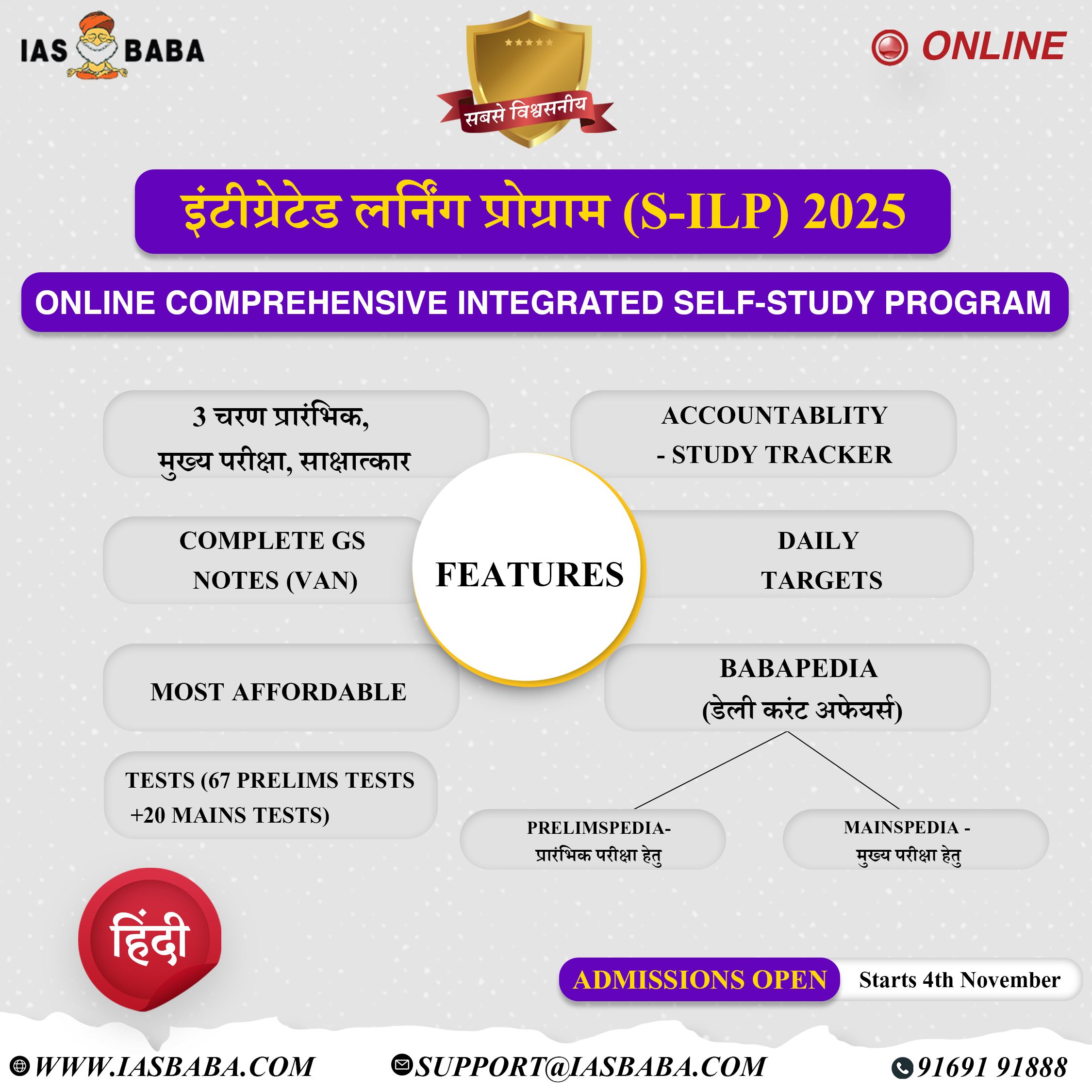The Big Picture- RSTV
A Reform Agenda for Indian Judiciary
TOPIC: General Studies 2
- Structure, organization and functioning of the Executive and the Judiciary
The SC collegium has decided to make public all its decision regarding judicial appointments in future. The collegium will also ascribe the reasons for the decision. The resolution by CJI and five senior most judges of SC is being hailed by lawyers and activists calling for more transparency and accountability in appointment process.
About three decades after collegium system came into existence, this paradigm shift within the Collegium, critcised for its opaque mode of functioning while recommending judicial appointments, came after the recent public furore over the resignation of Karnataka High Court judge Justice Jayant Patel shortly after his transfer to the Allahabad High Court.
Working of collegium
Collegium is an extraconstitutional system. The SC has created it and it is a judge made law. It was abstract judicial review which was not under challenge when it was created. After obtaining the opinion of intelligence agencies, the government appoints judges recommended by the collegium. However, the collegium’s decision is final. The recommendations of the collegium cannot be challenged in court, and information cannot be sought even under the Right to Information Act.
The position that judiciary holds in the mind of public is very essential and it should be above controversies. Today, the judiciary is facing credibility challenge. It has gone into negativity and it shouldn’t have come into negative focus as projected all the time. The collegium system can be reformed to make it effective and work properly.
Is it a revolutionary decision?
As per some opinions, this decision is to protect the status quo and it’s not revolutionary statement as being portrayed. The collegium system was under attack for opacity so they tried to give an impression that they are becoming transparent. They are still opaque in the sense that they are disclosing the decision and may be reasons but not on what basis.
There would be transparency if the criteria of judges would have been declared. Eligibility criteria, selection process and how they will select it should be made public first. Only if the reason of selecting the judge can be compared to criteria given, it makes sense.
The need is to institutionalize the system where the criteria is well known, process is well known and the names of short listed candidates should be made public so that if any feedback comes before the decision, it can be used to best suitable conditions. This will help the collegium to take a well-informed decision.
What reforms can be taken in Indian judiciary?
The judicial academies should be trained well enough. They should improve their quality and competence. They can improve their evaluation as well as improve courses. National judicial academy is there but what it is the content, syllabus, evaluation process is hardly known.
The judicial academia doesn’t consider themselves part of the judiciary and thus there is no impact assessment of judgements or judgement analysis. The behavior of judges is not studied and it is also needed. This will bring out various things which are embedded somewhere or people are not looking at them.
Judicial infrastructure– many courts don’t have the basic necessities such as furniture, electricity supply, basic building. In many cases, the central government is funding the states. Even SC is monitoring the court infrastructure. E-court projects are also being encouraged with entire court system being computerized and connected with each other. Many problems of delay can be solved due to technological advancement
The judiciary has made itself available to criticism by bringing in more transparency. Though it is not a solution to have full transparency, it is a step in right direction.
Connecting the dots:
- Judiciary is no longer a ‘secret’ organisation when it comes to its functioning. Discuss the various transparency initiatives taken by Indian judiciary.











